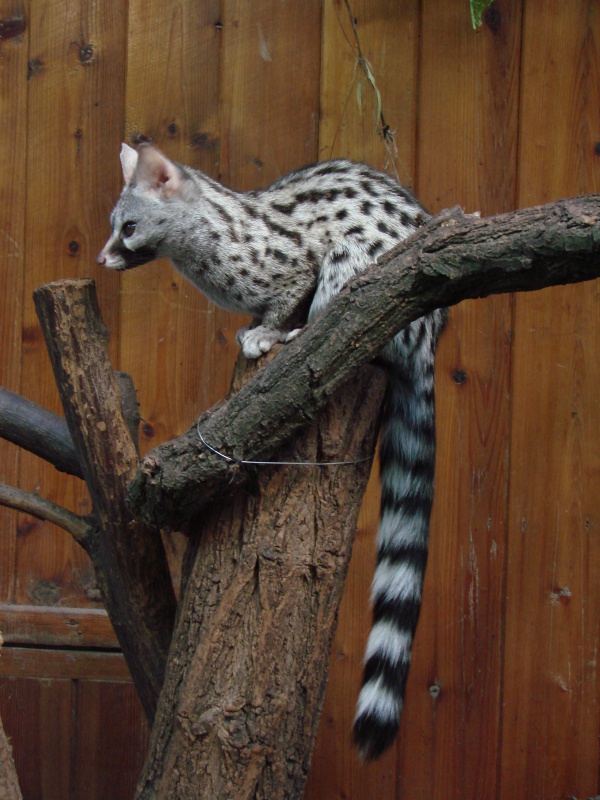Facts About Genet (animal)
Genets are remarkable small carnivores from the genus Genetta, native to Africa. Fossil evidence of these creatures has been discovered in Ethiopia, Kenya, and Morocco. Notably, the common genet is the only species that has established itself in Europe, specifically on the Iberian Peninsula and in France.
Within the Genetta genus, several species exist, including the Cape genet, the South African small-spotted genet, and the Abyssinian genet. These species are believed to have diverged millions of years ago, each evolving distinct characteristics.
Genets are slender, cat-like animals known for their spotted fur, large ears, and retractable claws. They also possess musk glands, anal sacs, and perineal glands. While they share these common features, their size and appearance can vary across different species. In Africa, genets inhabit a range of environments, and the common genet has also been found in some parts of Europe. They are agile climbers and have an omnivorous diet, consuming invertebrates, small vertebrates, plants, and fruits.
Unfortunately, genets face several threats, including habitat loss, hunting, and the skin trade. Some species are considered vulnerable or near threatened. Genets typically have up to five offspring and lead solitary lives, except during mating and while raising their young. In captivity, they can live for over 20 years.
The origin of the word "genet" is somewhat elusive, with possible roots in Greek, Arabic, or Old French.
As pets, genets—especially the common genet, rusty-spotted genet, and Cape genet—can be socialized with cats and dogs. However, they may pose a threat to smaller pets. It's crucial to note that genets form deep bonds with their original owners, making rehoming difficult. Veterinarians treating genets should have experience with exotic pets to ensure proper care and avoid incorrect vaccinations.

 Spain
Spain